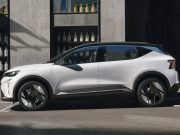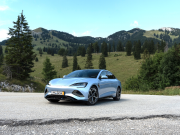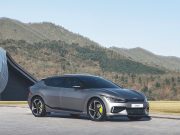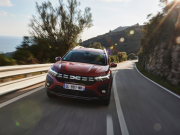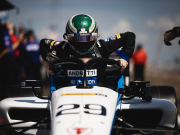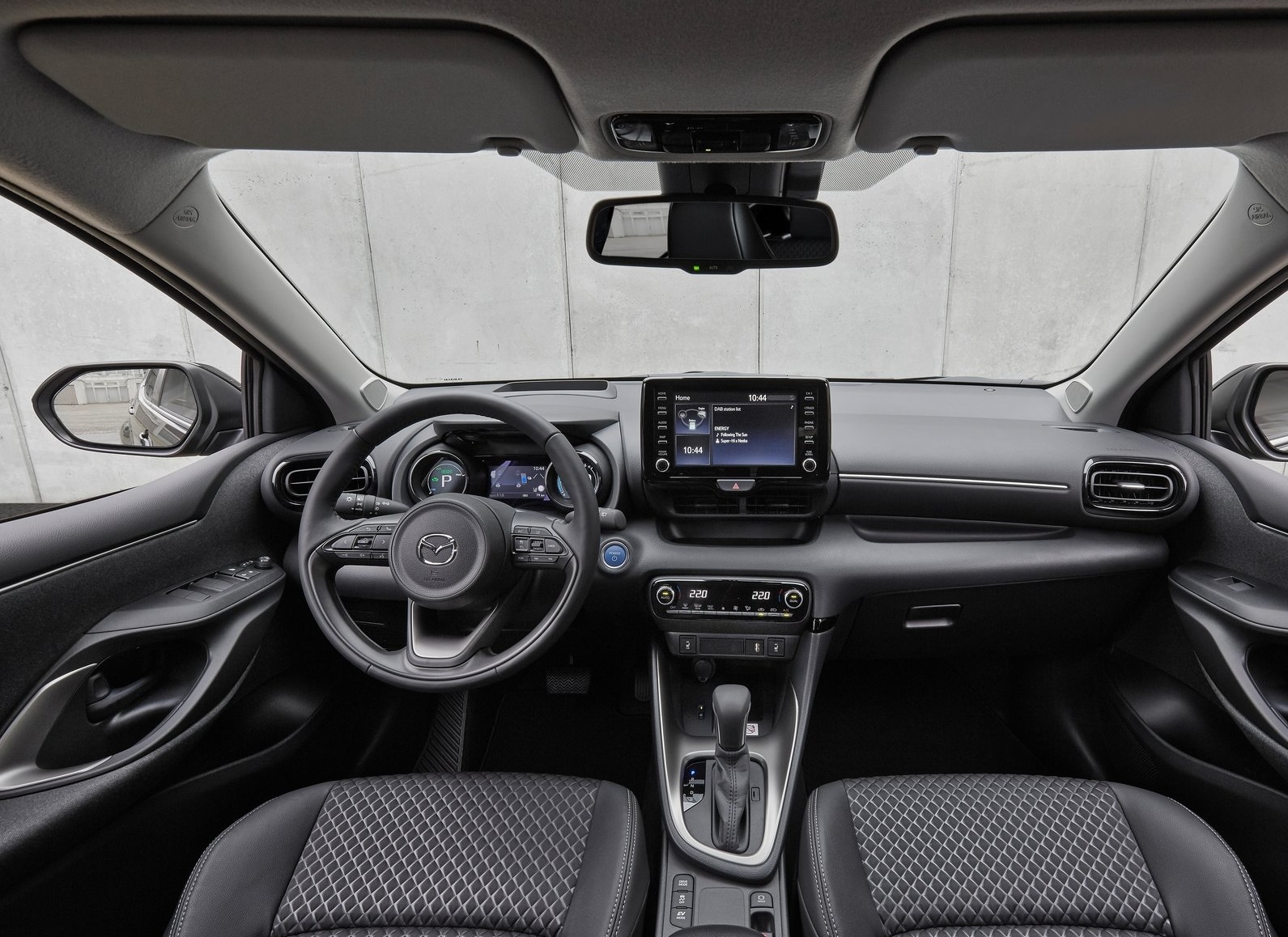 Recently the Irish motoring media were abroad for a first drive in the new Mazda 2 Hybrid. Essentially what we have here is a collaboration between Mazda Motor Corporation and Toyota Motor Corporation to bring self-charging full hybrid technology to the Mazda model range. As we know, more and more automotive manufacturers are teaming up to bring new models to the showrooms in a more cost efficient and timely manner and this latest venture is no different. Mazda and Toyota entered a long term partnership in 2015 enabling the two giants to jointly develop technologies for electric vehicles. Right now they share connected-car technology, advanced safety technologies and full platforms like the Mazda 2.
Recently the Irish motoring media were abroad for a first drive in the new Mazda 2 Hybrid. Essentially what we have here is a collaboration between Mazda Motor Corporation and Toyota Motor Corporation to bring self-charging full hybrid technology to the Mazda model range. As we know, more and more automotive manufacturers are teaming up to bring new models to the showrooms in a more cost efficient and timely manner and this latest venture is no different. Mazda and Toyota entered a long term partnership in 2015 enabling the two giants to jointly develop technologies for electric vehicles. Right now they share connected-car technology, advanced safety technologies and full platforms like the Mazda 2.
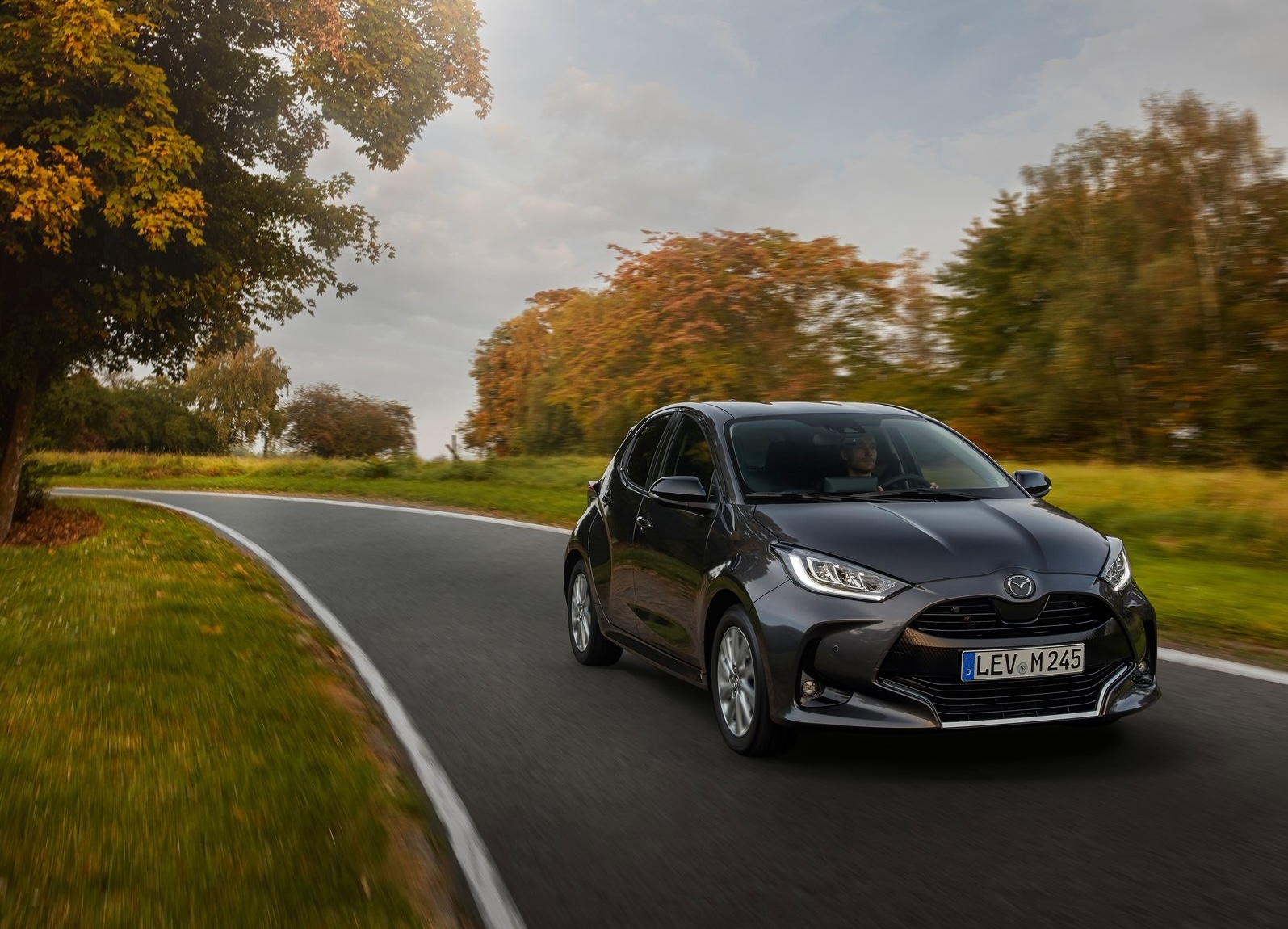 First impressions leave you in no doubt that we are looking at a Toyota Yaris but what is different, and did Mazda actually re-design this compact hybrid vehicle for the European market at all? Well the journey started on the 15th of January 2024 in Onnaing, France where detailed plans were put in place in an effort to help Mazda lower its CO2 emissions across the range. To do this in the most efficient way, they used the Toyota Yaris which, we all know and love. Mazda are famed for their own unique design language which, you might have heard referred to as, Kodo. In this instance the design team weren’t troubled too much only tasked with a mere bumper refresh, front and rear along with some Mazda badging.
First impressions leave you in no doubt that we are looking at a Toyota Yaris but what is different, and did Mazda actually re-design this compact hybrid vehicle for the European market at all? Well the journey started on the 15th of January 2024 in Onnaing, France where detailed plans were put in place in an effort to help Mazda lower its CO2 emissions across the range. To do this in the most efficient way, they used the Toyota Yaris which, we all know and love. Mazda are famed for their own unique design language which, you might have heard referred to as, Kodo. In this instance the design team weren’t troubled too much only tasked with a mere bumper refresh, front and rear along with some Mazda badging.
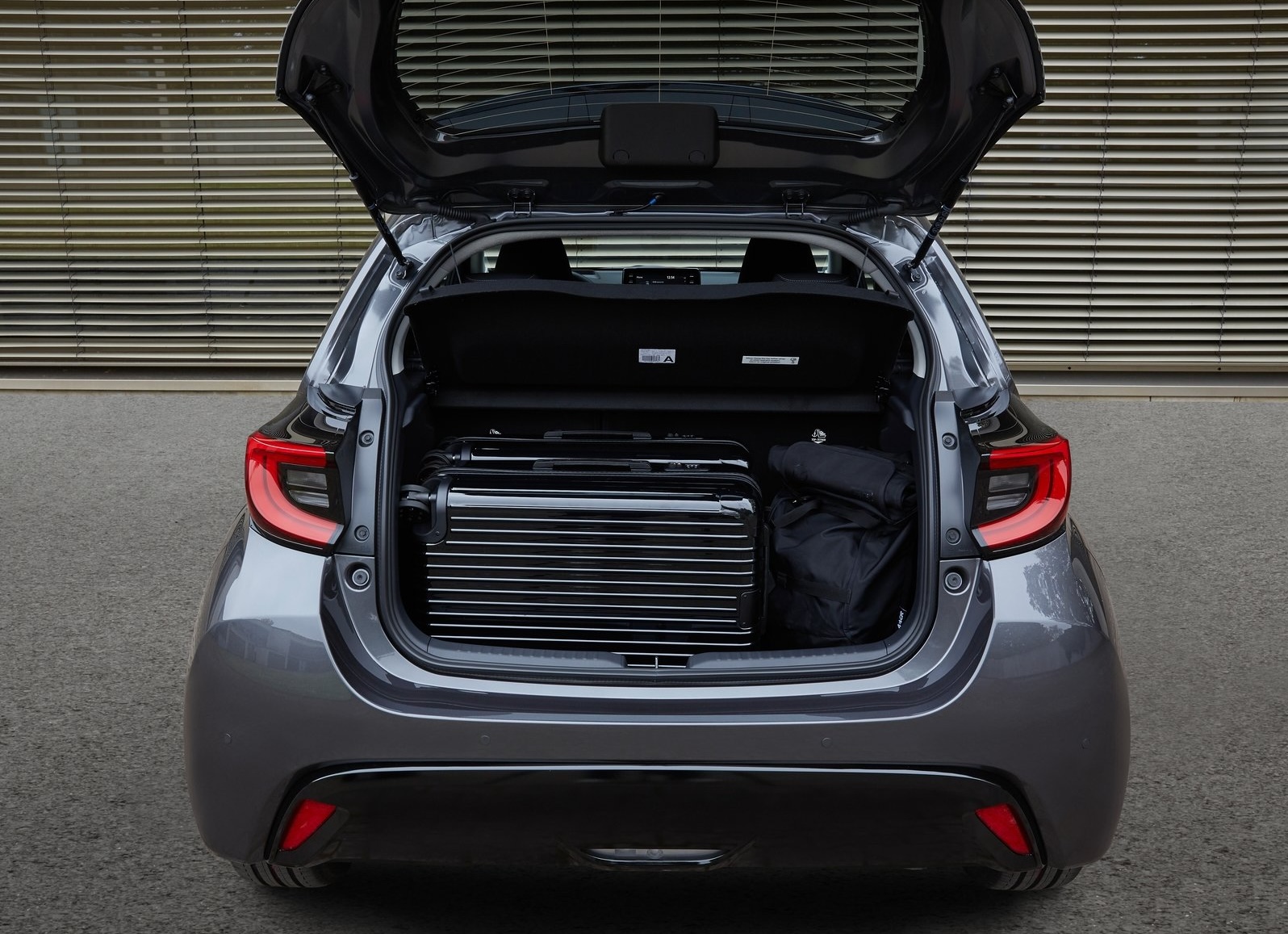 Underneath the familiar platform provides exceptionally high torsional rigidity, low centre of gravity and ideal weight distribution for reduced body roll. Regardless of what badge is on the front, this is a fun car to drive, with sharp handling on backroads and impressive stopping power. This is no doubt aided by MacPherson strut front and torsion beam rear suspension that combines excellent ride comfort. The NVH (Noice, Vibration and Harshness) levels are notably low offering low cabin noise intrusion.
Underneath the familiar platform provides exceptionally high torsional rigidity, low centre of gravity and ideal weight distribution for reduced body roll. Regardless of what badge is on the front, this is a fun car to drive, with sharp handling on backroads and impressive stopping power. This is no doubt aided by MacPherson strut front and torsion beam rear suspension that combines excellent ride comfort. The NVH (Noice, Vibration and Harshness) levels are notably low offering low cabin noise intrusion.
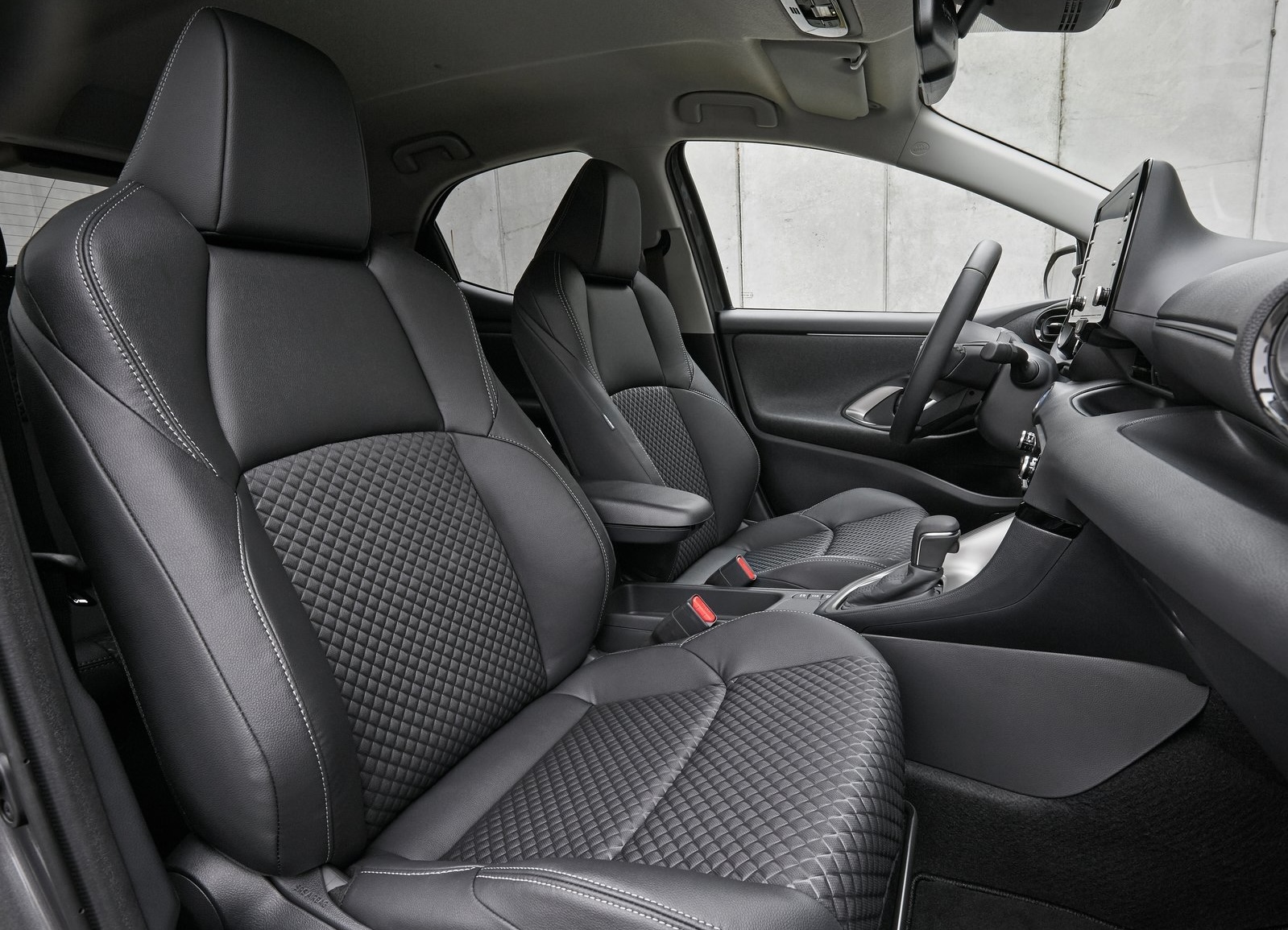 Powering the Mazda 2 Hybrid is again Toyota’s cutting-edge intelligent hybrid technology, which seamlessly transitions between electric, petrol and combination modes. The 1490cc, 92hp three-cylinder petrol engine with a 59 kW electric motor for a total system power of 116hp. This propels the little Mazda from 0-100 km/h in 9.7 seconds with a top speed of 175 km/h. It returns WLTP combined cycle fuel economy of only 4.2-3.8 l/100 km and CO2 emissions of just 97-87 g/km which is incredibly impressive!
Powering the Mazda 2 Hybrid is again Toyota’s cutting-edge intelligent hybrid technology, which seamlessly transitions between electric, petrol and combination modes. The 1490cc, 92hp three-cylinder petrol engine with a 59 kW electric motor for a total system power of 116hp. This propels the little Mazda from 0-100 km/h in 9.7 seconds with a top speed of 175 km/h. It returns WLTP combined cycle fuel economy of only 4.2-3.8 l/100 km and CO2 emissions of just 97-87 g/km which is incredibly impressive!
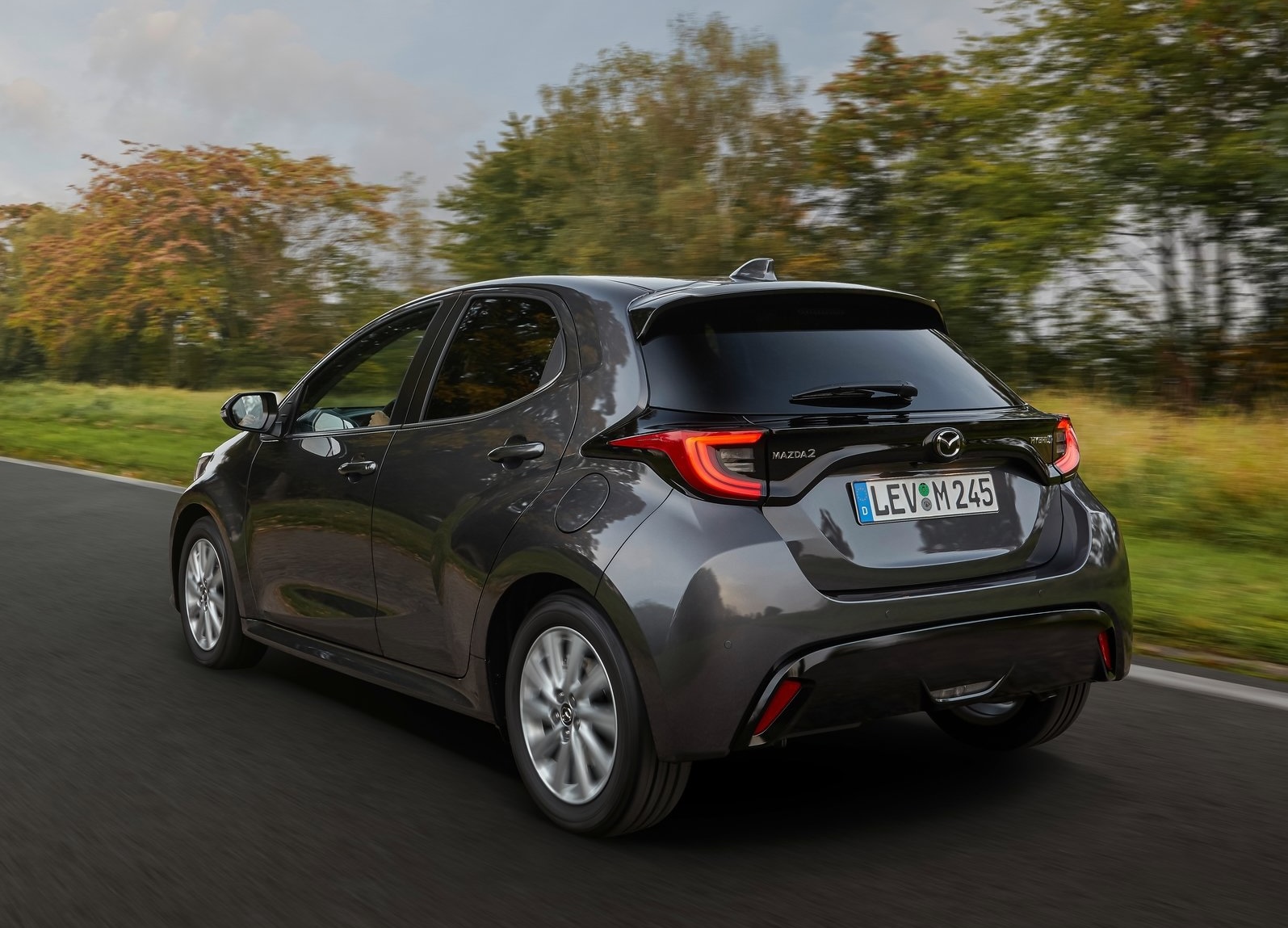 The self-charging Mazda 2 Hybrid is a great car for city life with its stylish lines, attractive proportions, and compact size, it feels right at home in an urban setting. The Mazda design elements will no doubt appeal to fans of the brand but again this is about the bigger picture for Mazda as the company aim to meet the European CO2 emission targets through to 2030 and beyond. Mazda will further accelerate the electrification of its model range by 2030 by offering a full range of electric vehicles for the most important segments of Europe. Ultimately, carbon neutrality in all its operations is the main objective for Mazda by 2050.
The self-charging Mazda 2 Hybrid is a great car for city life with its stylish lines, attractive proportions, and compact size, it feels right at home in an urban setting. The Mazda design elements will no doubt appeal to fans of the brand but again this is about the bigger picture for Mazda as the company aim to meet the European CO2 emission targets through to 2030 and beyond. Mazda will further accelerate the electrification of its model range by 2030 by offering a full range of electric vehicles for the most important segments of Europe. Ultimately, carbon neutrality in all its operations is the main objective for Mazda by 2050.













